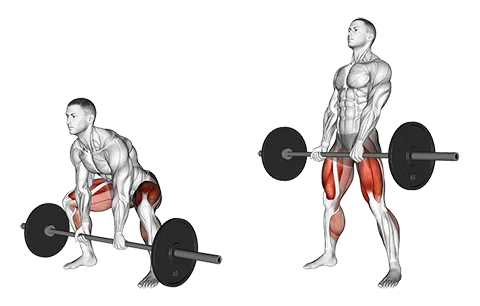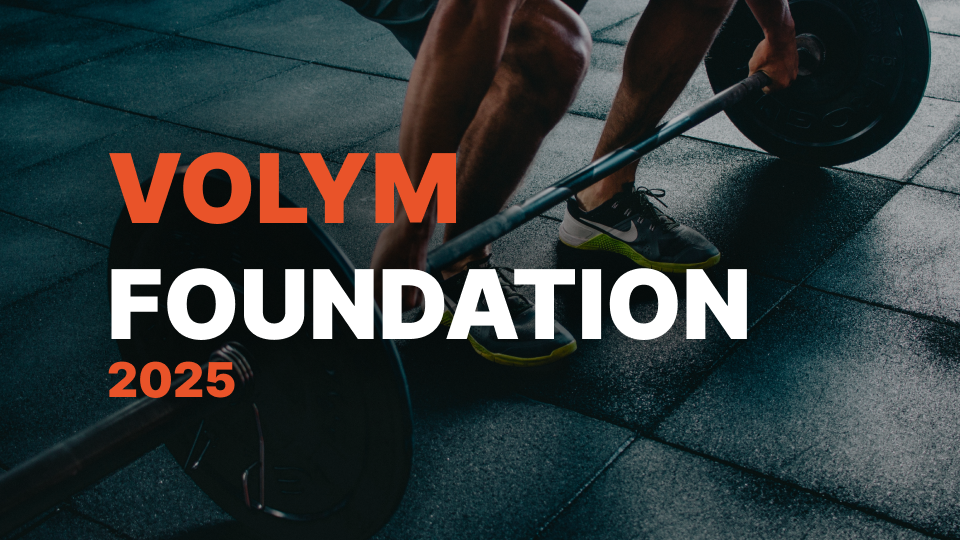Introduction
The Sumo Deadlift is a weightlifting exercise focusing on the lower back, hamstrings, glutes, and quads. It provides an efficient method to build overall strength and power by primarily targeting these muscle groups. Its wide-stance position allows for increased involvement of the inner thighs (adductors), making it beneficial for enhancing lower body stability and explosive movements. The Sumo Deadlift is particularly effective in achieving specific fitness goals such as improving athletic performance, increasing lower body strength, and boosting overall power output.
Muscles Worked
- Primary: Lower Back (Erector Spinae), Glutes (Gluteus Maximus, Gluteus Medius), Hamstrings, Quads
- Secondary: Abs (Rectus Abdominis), Trapezius, Forearms (Flexor Carpi Radialis, Flexor Digitorum Superficialis), Calves (Gastrocnemius, Soleus)
How to Do It (Step-by-Step)
- Stand with feet hip-width apart, shins touching the barbell in a sumo stance, barbell centered between the legs and hands shoulder-width apart, grip wide.
- Bend at the hips and knees to squat down while maintaining a neutral spine and keeping the chest up, grasp the barbell with a pronated (palms facing forward) grip.
- Engage your core, keep your back straight, and drive through your heels as you push your hips forward and stand up with the barbell, exhaling at the top of the movement.
Tip: Keep your weight centered over the midfoot and maintain a tight core to avoid rounding your lower back during the lift.
Rep & Rest Guidelines
- Strength: 4–6 reps, 2–3 min rest
- Hypertrophy: 8–12 reps, 60–90 sec rest
- Endurance: 12–20 reps, 30–60 sec rest
Utilize Auto Progression to automatically adjust your Sumo Deadlift workouts.
Use the Rest Timer to ensure optimal recovery between sets of Sumo Deadlifts.
Form Tips
- Maintain a neutral spine and engage the core to prevent back rounding.
- Keep the bar close to your body during the lift, avoiding arm lockout or excessive bending forward.
- Ensure that you are using appropriate footwear with good grip for stability and safety.
When to Use It
- Strengthening lower back and hips for powerlifting competitions
- Improving leg strength in sports like football and rugby
- Building functional strength for daily activities in older adults
- To review your workout history and progress over time, visit: Workout History
Conventional deadlift uses a standard stance, while sumo deadlift has a wider stance with toes pointed out. Sumo requires more hip flexion and uses quads more.
Choose sumo if you have longer limbs, greater hip mobility, or quad strength; conventional otherwise.
Sumo deadlifts emphasize glute and hamstring involvement, reducing low back stress compared to conventional deadlifts.
Stand with feet wider than shoulder-width apart, toes turned out 30-45 degrees. Maintain a neutral spine, bend knees, hinge at hips, and grab the bar just outside your legs.
Aim for 3-5 sets of 3-8 reps with a challenging weight, depending on your training goal (strength vs. hypertrophy).


